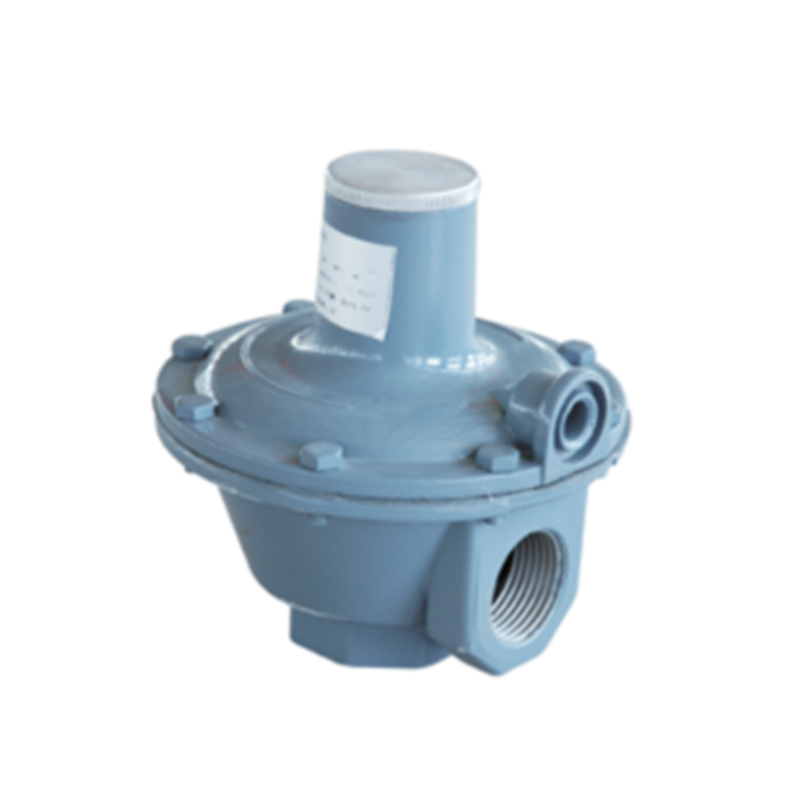
Nov . 30, 2024 08:45
Back to list
gas pressure reducing valve
Understanding Gas Pressure Reducing Valves Functionality and Applications
Gas pressure reducing valves (PRVs) play a critical role in managing and controlling gas pressure in various applications, ranging from industrial processes to residential heating systems. These valves not only ensure safety but also enhance the efficiency of gas systems by maintaining desired pressure levels. In this article, we will delve into the functionality, types, applications, and maintenance of gas pressure reducing valves.
What is a Gas Pressure Reducing Valve?
A gas pressure reducing valve is a mechanical device designed to regulate the pressure of gas flowing in a system. By automatically adjusting the flow of gas based on the set pressure, these valves ensure that downstream systems receive gas at safe and stable pressure levels. PRVs are essential components in systems where high-pressure gas must be reduced to a lower pressure suitable for specific applications, such as residential heating, manufacturing, and various industrial processes.
Functionality of Pressure Reducing Valves
The primary function of a gas pressure reducing valve is to maintain a constant outlet pressure regardless of variations in upstream pressure or downstream demand. The valve operates based on a simple principle as the pressure upstream increases, the valve automatically adjusts to control the flow rate and maintain the desired pressure downstream.
A typical PRV consists of a diaphragm, spring, and an adjustment mechanism. When the pressure at the valve inlet exceeds the set level, the diaphragm moves against the spring tension, causing the valve to close partially. Conversely, when the pressure drops below the set level, the spring pushes the diaphragm back, allowing more gas to flow through the valve. This automated adjustment ensures stable pressure control.
Types of Gas Pressure Reducing Valves
There are several types of gas pressure reducing valves, each suited for different applications
1. Single-stage PRVs These are designed to reduce pressure in one step and are typically used in low-pressure applications. They are simple, economical, and easy to maintain.
2. Two-stage PRVs For applications requiring a more precise pressure reduction, two-stage valves are employed. They operate in two distinct stages to minimize pressure fluctuations and ensure a more stable outlet pressure.
3. Adjustable PRVs These valves allow users to set the desired outlet pressure manually. They offer flexibility and adaptability for varying applications, making them suitable for diverse industrial and residential systems.
Applications of Gas Pressure Reducing Valves
gas pressure reducing valve

Gas pressure reducing valves find applications across various sectors
- Residential Heating In home heating systems, PRVs ensure that natural gas flows at a consistent pressure to furnaces, boilers, and water heaters, providing efficient heating.
- Industrial Processes Many manufacturing processes require specific gas pressures to operate machinery effectively. PRVs are crucial for maintaining optimal pressure levels, preventing equipment damage or downtime.
- Chemical Processing In chemical plants, the pressure of gases must be carefully controlled to ensure safety and prevent accidents. PRVs help manage these pressures, ensuring safe operations.
- Medical Gas Systems In healthcare facilities, PRVs regulate the supply of gases such as oxygen and nitrous oxide to ensure patient safety and equipment functionality.
Maintenance of Gas Pressure Reducing Valves
To ensure optimal performance, regular maintenance of gas pressure reducing valves is essential. Some key maintenance practices include
- Routine Inspection Regularly checking for leaks, corrosion, or wear can help detect potential issues early.
- Calibration Periodically calibrating the valve to ensure it operates at the desired pressure settings is crucial for accurate control.
- Cleaning Removing any debris or buildup that may obstruct the valve mechanism helps maintain efficient operation.
- Replacement of Seals and Filters Inspecting and replacing seals and filters as needed can prevent leaks and blockages, extending the valve’s lifespan.
Conclusion
Gas pressure reducing valves are vital components in various gas distribution systems, ensuring safety, efficiency, and reliability. Understanding their functionality, types, applications, and maintenance can help stakeholders utilize these valves effectively, contributing to smoother operations in residential and industrial settings alike. Whether for heating homes or managing complex manufacturing processes, PRVs play a critical role in modern gas systems, highlighting their importance in our everyday lives.
Next:
Latest news
-
Safety Valve Spring-Loaded Design Overpressure ProtectionNewsJul.25,2025
-
Precision Voltage Regulator AC5 Accuracy Grade PerformanceNewsJul.25,2025
-
Natural Gas Pressure Regulating Skid Industrial Pipeline ApplicationsNewsJul.25,2025
-
Natural Gas Filter Stainless Steel Mesh Element DesignNewsJul.25,2025
-
Gas Pressure Regulator Valve Direct-Acting Spring-Loaded DesignNewsJul.25,2025
-
Decompression Equipment Multi-Stage Heat Exchange System DesignNewsJul.25,2025

